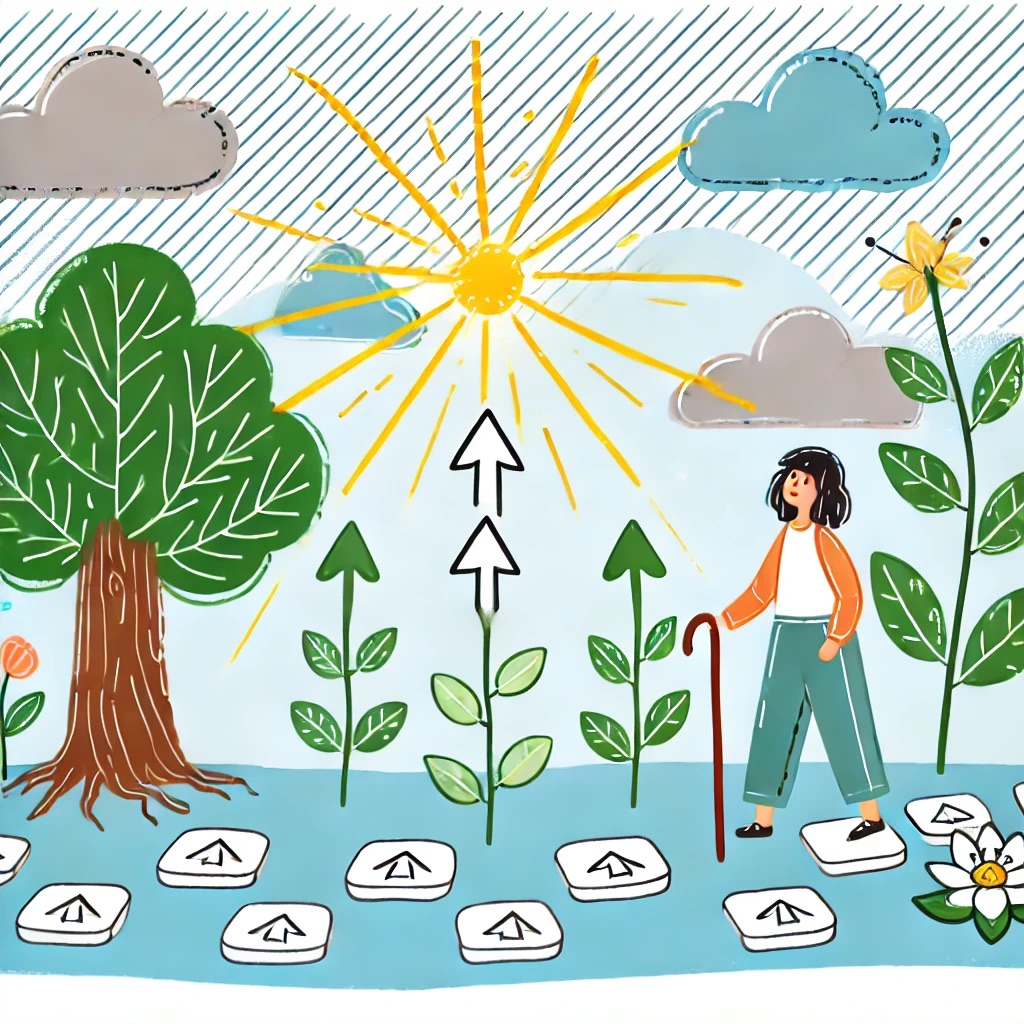
A growth mindset, simply put, is the belief that abilities and intelligence can be developed over time. It’s about seeing challenges as opportunities to learn rather than insurmountable obstacles.
Why does mindset matter? Well, it shapes how you approach setbacks and successes. With a growth mindset, you’re more likely to embrace learning and persistence, leading to personal and professional growth. You’ll see potential where others see limits.
It’s important to understand the difference between a fixed mindset and a growth mindset. People with a fixed mindset believe their abilities are static and unchangeable. On the other hand, those with a growth mindset see their skills as malleable, ever-changing with effort and experience.
There’s plenty of research backing this up. Studies by psychologist Carol Dweck and her colleagues have shown that those who adopt a growth mindset tend to achieve more in both academic and professional settings. They put in the effort, embrace challenges, and keep going despite setbacks. The result? A trajectory of continuous improvement and success.
Visualizing and Cultivating a Growth Mindset
Developing a growth mindset starts with believing in the possibility of improvement. Picture yourself confronting a challenge. Are you ready to tackle it head-on, or do you shy away? It begins with the belief that you can grow and evolve. That’s the essence of a growth mindset.
To shift from a fixed to a growth mindset, it’s essential to recognize and change limiting beliefs. Start by identifying areas in your life where you feel stuck. Are there activities or skills you’ve labeled as ‘not my thing’? Challenge these thoughts. Remind yourself that proficiency comes with practice and effort.
Facing obstacles is part of the journey. It’s crucial to develop strategies for overcoming these hurdles. Embrace failures as learning opportunities rather than setbacks. When something doesn’t go as planned, ask yourself, ‘What can I learn from this?’ This approach turns failures into valuable lessons.
Resilience and perseverance are vital components of a growth mindset. It’s not always easy, but bouncing back from setbacks is essential. Think of resilience as a muscle. The more you use it, the stronger it gets. Surround yourself with people who support your growth and encourage resilience.
Visualization techniques can also be incredibly effective. Imagine yourself mastering a new skill or achieving a personal goal. Picture the steps you took to get there. Visualization helps in building confidence and planning actionable steps.
Incorporating these strategies into your daily routine will slowly but surely help cultivate a growth mindset. It won’t happen overnight, but with dedication and effort, you’ll start to notice the changes in how you approach life’s challenges.
Practical Applications of a Growth Mindset
Education and learning are prime areas where a growth mindset truly shines. Imagine tackling a difficult subject. Instead of feeling defeated, view it as a chance to stretch your brain. Teachers who encourage effort over innate ability help foster this mindset in students, leading to better outcomes.
In your career, embracing a growth mindset can be a game changer. Approaching your job with the belief that you can constantly learn and improve opens doors to advancement. It encourages you to take on new responsibilities, seek feedback, and view critiques as opportunities rather than criticisms.
Building positive relationships also benefits greatly from a growth mindset. If you believe relationships can grow and improve, you’re more likely to invest time and effort into them. You’ll listen actively, communicate effectively, and be open to change and growth together.
Real-life stories illustrate the power of this mindset. Consider entrepreneurs who fail multiple times before hitting success. Their belief in development and the lessons learned from each failure propel them forward. Athletes, aiming for personal bests, exemplify how persistence and continuous effort lead to mastery.
Maintaining and Sustaining a Growth Mindset
Ongoing learning and self-improvement are key to keeping a growth mindset vibrant. Always seek new knowledge, whether through books, courses, or experiences. Stay curious and open to new ideas and skills. The journey of growth never really ends; there’s always something new to explore.
Creating a supportive environment is also crucial. Surround yourself with people who encourage growth and resilience. Interaction with like-minded individuals can provide motivation and inspiration. Don’t underestimate the power of a positive support system.
Setbacks are inevitable, but how you handle them defines your mindset. View setbacks not as failures, but as opportunities for growth. Reflect on what went wrong and how you can improve moving forward. This approach keeps your mindset proactive and resilient.
The long-term benefits of fostering a growth mindset are vast. You’ll find yourself more adaptable to change and better equipped to handle challenges. Over time, this way of thinking can lead to greater satisfaction and success in various aspects of life, from personal relationships to career achievements.
